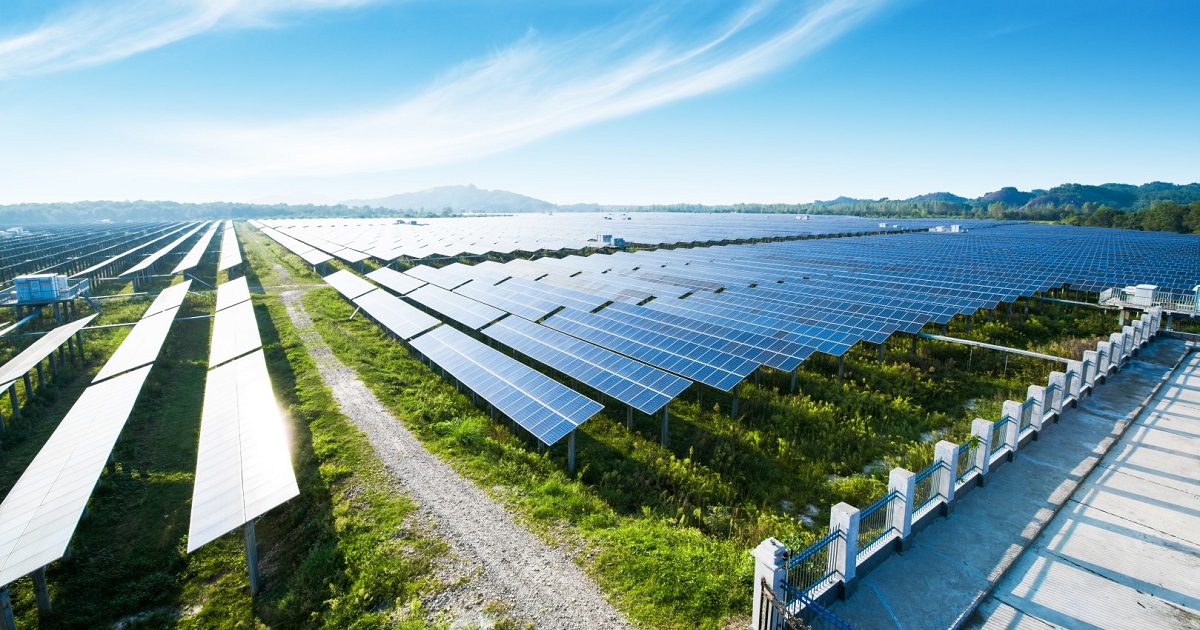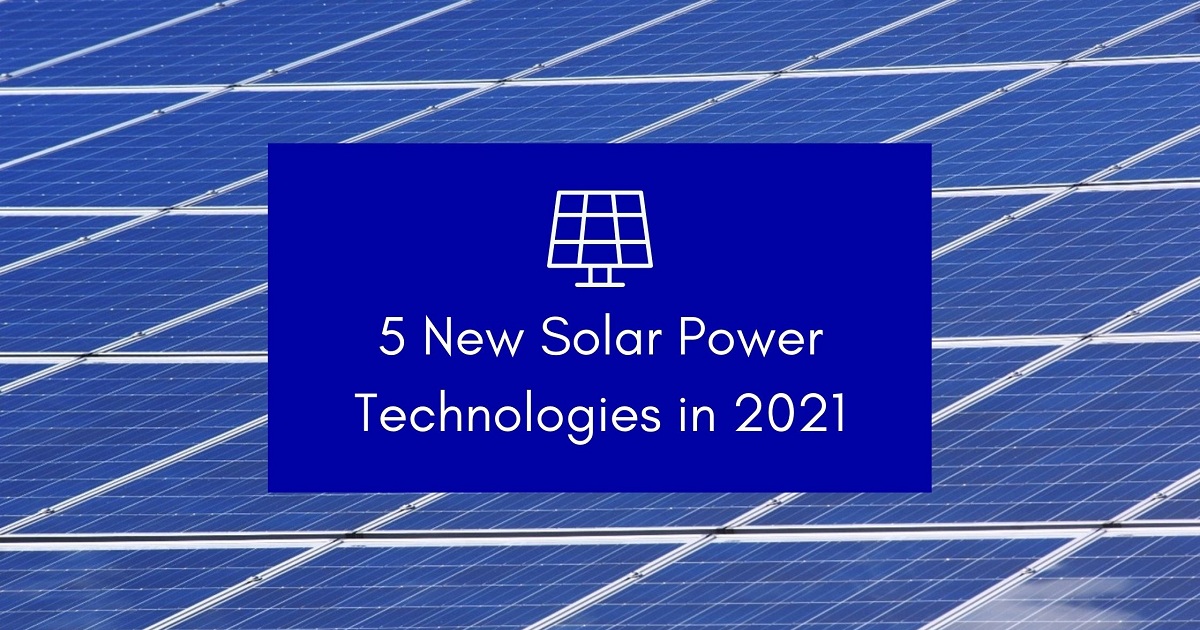
Solar+Storage, Strategy and Best Practices
Article | September 17, 2022
The company behind famous Australian wine brands including Penfolds and Wolf Blass is embracing solar energy in a big way.
ASX-listed Treasury Wine Estates (TWE) is one of the world’s largest wine companies and has an ambition to be the “world’s most admired premium wine company”. A powerful way to win consumer hearts, minds (and wallets) these days is to have a strong focus on sustainability.
As part of its sustainability mission, wines in TWE’s portfolio will be produced using 100% renewable electricity by 2024. In a step towards this renewables goal in Australia, approximately 9,500 solar panels will be installed at Barossa Winery and Production Centre in South Australia, and Karadoc Winery in Victoria by the end of this year.
Collectively, the solar panels will generate more than 5,500 megawatt-hours of electricity annually, enough to supply the equivalent of 900 homes. Total capacity wasn’t mentioned, but given the annual output, I’d estimate it at around 3.75 MW.
Read More

Strategy and Best Practices
Article | July 8, 2022
Machine learning and artificial intelligence (AI) are two of the most commonly used commercial phrases these days. As a result, companies across sectors are searching for methods to include them in order to optimize and automate their key operations. The energy sector is no exception!
Indeed, throughout the years, renewable energy industries (wind, solar, hydro, nuclear) have substantially gained from the potential of machine learning. They were able to reduce their expenses, make better projections, and raise the rate of return on their portfolio. And this tendency is just going to gain momentum. If your company is in the energy industry or utilizes a lot of power, machine learning and AI can help you improve your business performance. But how precisely? Let's get started.
Ways in Which AI and Machine Learning are Changing Energy Sector
There are a few methods that machine learning and AI can be applied to positively improve the energy industry. Here are a few popular applications currently under development.
Predictive Maintenance
AI helps match energy output with demand and ensure power grid stability and resilience.In 2003, a low-hanging high-voltage electricity line hit an overgrown tree in Ohio, causing a widespread blackout. There was no power system alarm and no sign of the incident. The electric company didn't notice until three additional power lines failed. This carelessness ultimately brought down the whole grid. The 50 million-person blackout lasted two days. Eleven individuals died, and $6 billion was lost.
Predictive maintenance can be implemented using machine learning and IoT
Sensors gather operational time series data from electricity lines, equipment, and stations (data accompanied by a timestamp).
Machine learning algorithms can then forecast when a component will fail (or n-steps). It can also anticipate machinery's remaining usable life or future breakdown. These algorithms detect machine failure, eliminate blackouts or downtimes, improve maintenance procedures, and reduce maintenance expenses.
Grid Management
Grid management is a promising AI application in energy. Complex networks distribute electricity to users (also known as the power grid). Generation and demand must always match in the electrical system. Other issues, like blackouts and system breakdowns, can occur.
Despite being ancient, pumped hydroelectric storage is the most common way to store energy. It operates by moving water upwards and letting it fall into turbines. Renewable energy makes predicting the grid's power generation challenging. After all, it is affected by a variety of things, like sunlight and wind.
Demand Response
Large demand shifts can be expensive for nations that depend on renewable energy. As nations migrate to green energy, it's harder to adapt to demand fluctuations. Germany plans to use 80% renewable energy by 2050.
Countries such as Germany will encounter two major challenges Demand fluctuations: On some days or times of the year, power consumption soars (on Christmas, for example) Weather volatility: Without wind or clear skies, it might be hard to meet electrical demand. In both circumstances, more stations or fossil fuel-powered facilities must meet demand
Solving demand response issues
Many nations are partnering with businesses to examine weather forecasts, power demand, etc. Germany's EWeLiNE project forecasts wind and solar energy at a specific moment. This enables the government to use non-renewable energy to meet additional power demand.
They utilize enormous historical data sets to train machine learning algorithms, as well as data from wind turbines or solar panels, to properly balance supply and demand.
Closing Lines
AI increases the potential of humans. Several renewable energy producers are investing in artificial intelligence to boost their businesses.There are numerous uses of artificial intelligence in renewable energy. The fundamental purpose of AI integrated systems is to reduce forecasting issues and incorporate renewable energy into the central energy grid as effectively as possible. AI can also assist renewable energy providers in developing successful plans and policies based on present energy consumption and demand.
Read More

Solar+Storage
Article | June 8, 2022
Energy is an important feature in the economic and political development of a country. In developed nations like the USA, energy expansion has now reached a point where renewable energy sources also play a large part in the production of electricity.
To meet the energy demands of the country, most production of renewable energy comes from fossil fuels and other non-renewable energy sources.
Around 25% of the world’s energy is generated with renewable energy resources- mainly solar, wind, hydropower, and in some cases, geothermal. It is one of the fastest-growing electricity sources.
Renewable energy is collected from resources that are abundantly available in the environment, like the sun or wind. There has been a growing interest in renewable energy production as fossil fuels are depleting. In most parts of the world, renewable energy has become a primary source of energy production.
Renewable energy is preferred as they produce fewer greenhouse gases than non-RE sources. There are several other advantages to renewable sources like lower carbon emissions, reduced air pollution, and other socioeconomic benefits.
However, unlike non-RE sources, there are challenges in renewable energy like economic, political and regulatory barriers, structural, social, and technical challenges which require advancement in technology, and a heavy investment with a proper understanding of obstacles it faces. Some obstacles are due to technology associated with renewable energy, whereas others are because of policies, marketplace, regulations, and infrastructure.
Impact of Covid-19
The Covid-19 pandemic has brought the world to a grinding halt. It has severely impacted individuals and businesses alike, with many of the latter being closed down permanently. Similarly, the pandemic has also impacted the expansion of clean energy systems by forcefully curbing any investments.
The technology and adoption of renewables have been making uneven but sure progress. The global pandemic has slowed down this development. According to International Energy Agency, the global share of electricity supply from renewables had reached 28% in 2020 from 26% in 2019, but the growth is expected to slow down further. The total energy supply is set to reduce by 13% from 2019. This substantial decline can be attributed to supply chain disruptions, lockdown, and emerging financial problems. Transport biofuel production and renewable heat consumption are projected to decline due to lower industrial activity.
Governments have an opportunity to promote and accelerate the use of clean energy by incentivizing building, technology, and infrastructure across the country. This would be crucial to rebuilding the economy, create jobs, and build efficiency.
Capital Costs and Investment
The most obvious challenge of widespread adoption of renewables is cost, predominantly infrastructure costs like building and installing solar and wind power plants. Although it is quite cheap to operate and maintain solar and wind power plants, installation becomes more and more expensive.
Over the last few years, even though the prices of installation of solar panels has fallen significantly, it remains higher than non-renewables. On average, a 2-kilowatt solar panel system costs $4,159 after tax credits, whereas the capital cost of a gas-fired power plant would cost lesser than that.
In the last two years, investment in renewables has increased, but that is only because the investments in fossil fuels have been rapidly falling. Clean energy investments still fall short of what is necessary to convert into a more sustainable future. To ensure continuous investment in sustainable energy, policymakers have to focus on short investment turnaround, focus on rapid environmental gains favoring cleaner energy generation.
Power on demand
One of the most significant challenges of renewables is the ability to provide power on demand. In the case of solar power, you only get energy during the day and only when it is sunny. As for wind energy, power is generated only when it is windy. There is an intermittent generation of power in renewables which wouldn’t be a problem if there were appropriate energy storage solutions. The biggest test in providing power on demand is storage. Even if homes, businesses, or states install wind energy systems or solar panels, storing the generated energy is still an unsolved issue.
Opponents of renewable energy highlight the reliability factor on solar and wind to augment support for coal, gas, and nuclear plants, which provide baseload power. This argument is used by lobbyists to drive out investment into renewables, thus becoming a barrier to widespread adoption of wind and solar energy.
Location challenges
Renewable energy plants have grids that require a large area of land. It can be unappealing to customers to switch to renewable energy sources as it is conditional depending on the size of the land. Not all states and regions are apt to build solar panels or have wind turbines as they are dependent on the geographical location. For example, building solar panels in California makes more sense than building them in New York as the former has an abundant supply of both sun and land.
Renewables operates on what is known as a decentralized model. In a decentralized power plant, small generating stations are spread across a larger area that works collectively to deliver power. In the case of coal, nuclear power, or natural gas, they are highly centralized and depend on fewer high output power plants.
Siting
Decentralized systems prove to be a problem for siting and transmission of energy created by solar or wind. Siting is needed to move blades or solar panels to large pieces of land. To do so requires to draw up contracts, negotiate, acquire permits, or build community relations; all of this can delay or kill a renewable project even before it begins.
Businesses can incur additional charges due to demand and delivery which seems like a significant challenge for them. Utility services apply these charges to recover costs of purchasing energy and maintaining power lines and energy lost in the transmission system. Moving power sources closer to your business will help you avoid such preventable expenses.
Transmission
The next challenge to overcome in renewables is the transmission of generated electricity. Transmission means the transfer of electricity from where it is generated to where it is consumed. Most transmitters that exist in this day and age are built for coal and other fossil fuels and not renewables. To make things easier for transmission of clean energy, there needs to be a significant infrastructure and technological development, which cost a lot of money.
Making the economics work with financing and siting can prove costly for developers and customers alike.
Policies and Regulations
Unfortunately, the fossil fuel industry is backed by multi-billionaires who wield a considerable amount of political influence. This severely affects the chances of expansion for the renewable industry. Industry experts estimate that the USA spends upwards of $60 billion on subsidies for fossil fuels every year. The taxpayers have helped fund the industry’s research and development, drilling, mining, and generation of electricity. Renewables like wind and solar enjoy much lesser subsidies and political backing. The fossil fuel industry has used its enormous power to spread misinformation about climate change.
To increase public interest and investment in renewables, there need to be clear and concise legal procedures and regulatory policies. Having proper regulations in place creates a stable environment for investment and overcome hurdles and can anticipate the revenue streams. Large-scale renewable energy projects require a large amount of capital which is hindered by the failure of proper policies that fail to attract private players.
Frequently Asked Questions
What is a major challenge with using more renewable energy?
Renewable energy is competing with fossil fuels and nuclear technology. Other major challenges include underdeveloped infrastructure and lack of economies of scale.
What are the benefits of using renewable energy?
Some benefits of using renewable energy are lower energy costs, reduction of emissions, massive positive impact on environment, and marketing opportunities for businesses.
Is renewable energy cheaper than fossil fuels?
Fossil fuels are subsidized which makes it cheaper at the beginning. However, renewables get cheaper to maintain over the years hence making it cheaper than fossil fuels.
What is the cheapest source of renewable energy?
Solar PV and on site wind are the cheapest sources of renewable energy sources.
{
"@context": "https://schema.org",
"@type": "FAQPage",
"mainEntity": [{
"@type": "Question",
"name": "What is a major challenge with using more renewable energy?",
"acceptedAnswer": {
"@type": "Answer",
"text": "Renewable energy is competing with fossil fuels and nuclear technology. Other major challenges include underdeveloped infrastructure and lack of economies of scale."
}
},{
"@type": "Question",
"name": "What are the benefits of using renewable energy?",
"acceptedAnswer": {
"@type": "Answer",
"text": "Some benefits of using renewable energy are lower energy costs, reduction of emissions, massive positive impact on environment, and marketing opportunities for businesses."
}
},{
"@type": "Question",
"name": "Is renewable energy cheaper than fossil fuels?",
"acceptedAnswer": {
"@type": "Answer",
"text": "Fossil fuels are subsidized which makes it cheaper at the beginning. However, renewables get cheaper to maintain over the years hence making it cheaper than fossil fuels."
}
}]
}
Read More

Solar+Storage
Article | April 5, 2021
In the last forty years, there has been a dynamic increase in the use of solar energy in the United States. As recently as 2018, an additional 10.6 GW of solar power was harnessed, bringing the country's total use up to 64.2 GW. Yet this apparently successful addition still only contributes 1.6% of the total electricity used across the States. However, with many new solar power technologies on the horizon, the increase could soon be much greater.
Read More